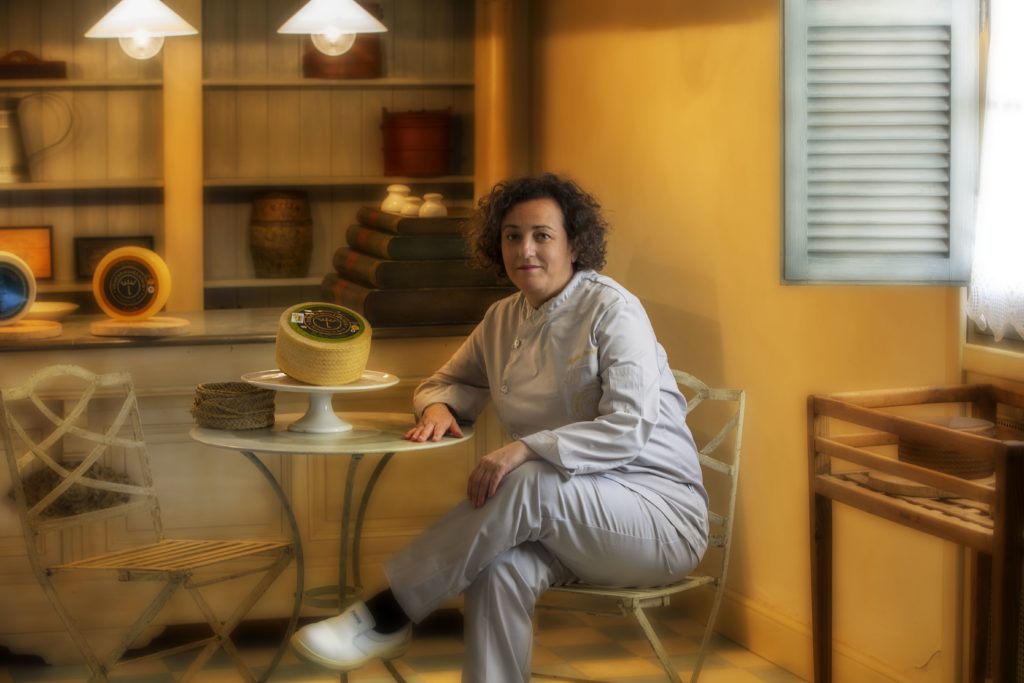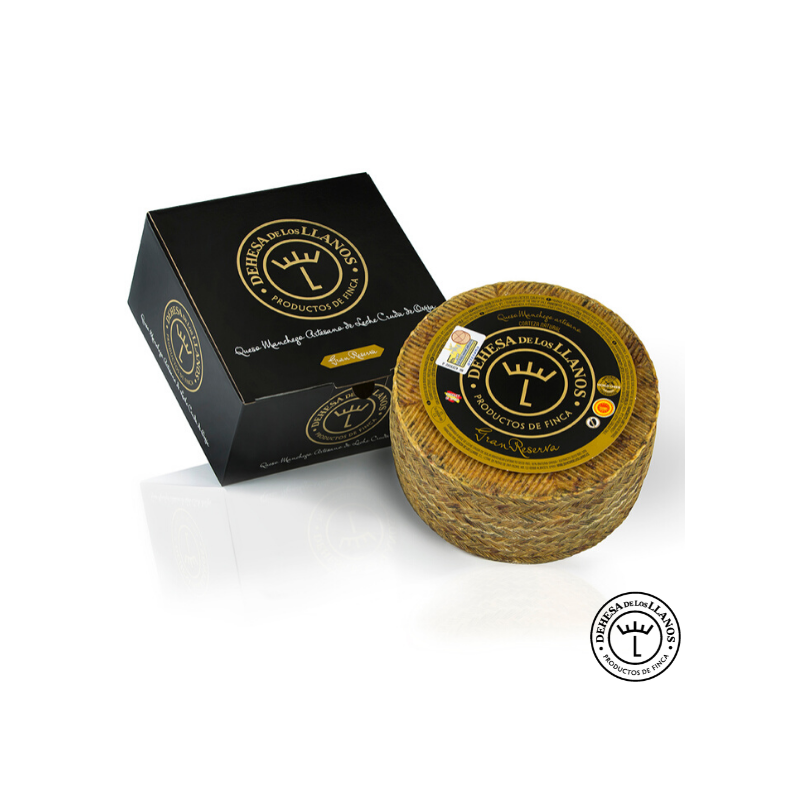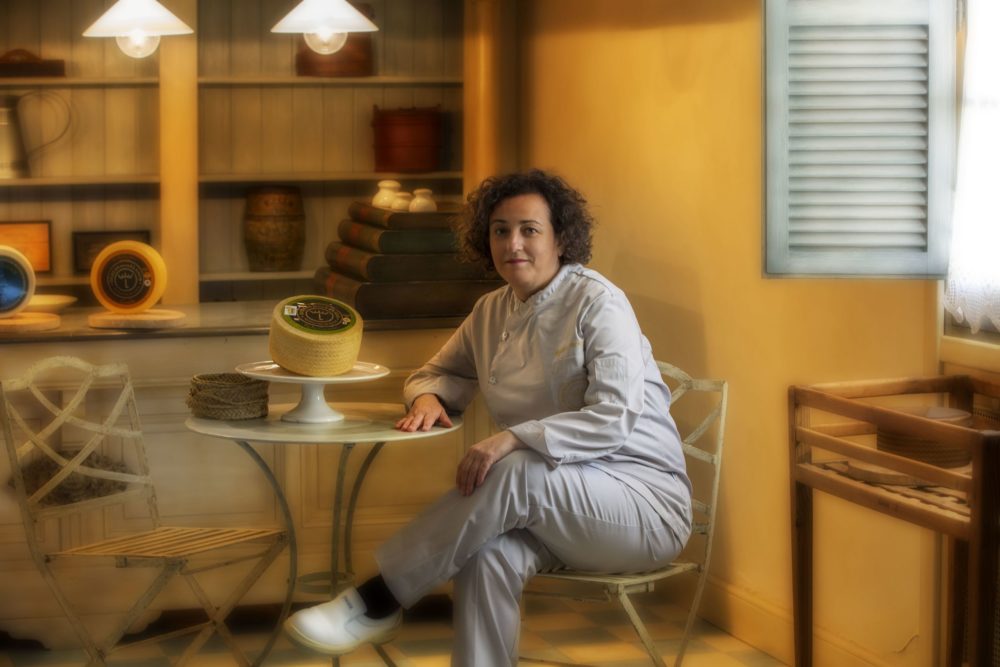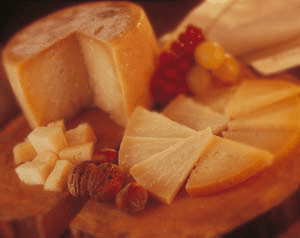The gossip and hearsay that revolve around the Manchego cheese they can, on many occasions, to confuse or lead the consumer to make mistakes when buying, preserving and eating this delicacy. One of the most emblematic products of the food pantry of Castilla la Mancha it is subject to popular evaluation. If you fall into the truth, then there are no problems but if people start to wander without much knowledge in relation to different aspects of this dairy derivative, watch out. Because with such food authentic and so quality, who even enjoys DOP… Watch out for what is said about him! From the farm Meadow of Los Llanos, an expert debunks the myths that affect him. Do you want to know the reality of Manchego?
Authenticity vs. imitation
This interesting and useful information for cheese lovers, especially the protagonist of our article, will surely solve a few doubts about this product. Either in whole ball format, wedge of so many grams or a single slice designed for tasting, its authenticity is taken care of. So much so that we already talked to you one day about seven differences to recognize a true Manchego cheese with PDO and do not fall into the trap of good imitations. Do not try to sell you cat for a hare in such an exceptional food! But don't let yourself be persuaded by fake news that surround it depends on the following keys.
The cheese teacher Francisca cruz, Meadow of Los Llanos (Albacete), dismantles the great myths that are the big mistakes of a whole gastronomic reference, no longer national, but worldwide. In the aforementioned farm, located in a beautiful natural setting less than 5 kilometers from the city of Albacete, you can taste and buy up to three varieties of brand cheese The Dehesa. Some have been awarded as the best in the world. Therefore, in this place of production of the La Mancha (one of the few European properties in operation since the seventeenth century) they understand a little about the subject. Look out for the following cheese lessons!

Six myths of Manchego cheese consumption
Firstly, Cross makes it clear that the high temperatures to which the product is exposed make it lose part of its natural fat. Something that, consequently, modifies its texture, its color and even its flavor. Thus, he disproves the myth that Manchego cheese is richer when it is sweaty. In order for it to remain exquisite on your palate, you must keep it in the refrigerator always and only leave it at room temperature a few 20 or 30 minutes before to taste it. Following this same line, it is also false that all its cheese varieties are preserved equally. It should stay about 4 or 12 degrees, depending on its cure, so that its quality is not diminished.
On the other hand, it is false that the crust is not eaten. Actually, the greatest intensity of flavor is concentrated in this part that covers the Manchego cheese from Dehesa de Los Llanos. It is very well valued in gastronomic terms. The farm's master cheesemaker assures that the pieces are thoroughly washed there (with AOVE) to remove natural molds that grow during curing. Therefore, it complies with food safety. Also, this food is suitable for lactose intolerant, well the variety Gran Reserva that they market no longer contain this substance. In its fermentation, it is transformed into lactic acid. Another supposed truth denied.

How is it unhealthy? That awful!
Then, one aspect is very curious among the existing myths: the spicier the Manchego cheese, the better. Cross He admits that this touch can be given to the flavor of the product due to the curing of the youngest, but that in no case does this mean that it tastes more exquisite. The justification is that there is a greater bacterial load, so its quality deteriorates.
There are so many and so varied myths that even one assures that this product it is not healthy. Fake! It is a staple of a diet rich in proteins, calcium, mineral salts, fats and vitamins. Nutrients that cheese precisely provides, going even further. Because those made from raw milk help to reinforce the immune system thanks to the conservation of the bacterial flora.
Three other miscellaneous falsehoods
Have mold inside does not mean that it is in disrepair. This is a subject as old and as confusing as the history of cheese making itself, since it is well known that molds are essential in many. In the case of this Castilla-La Mancha cheeseAlthough, on occasions, small concentrations of this substance can be observed in the cracks or fissures that the crust suffers, this is not indicative of putrefaction. It is a product more natural that does not use fungicides. By cleaning or removing only that infected part, the rest of the piece can be eaten without problems.
Another false myth is that it is incompatible with following a weight loss diet. You will not get fat by eating cheese in some moderation! The recommended daily amount is 30 or 40 grams, so do not give up this delicacy because it helps you lower cholesterol and control tension, in addition to the pleasure it brings to your palate. Although if you want to enjoy the gastronomic experience to the fullest, nothing better than pairing some slices with a good wine. It is not true at all that you can only take it with a red.

The manchego admits a great variety of wine combinations. Be a white or sparklingIt all depends on the aging of the bottle and the curing of the cheese so that they fit better. There is that versatility but Francisca cruz recommends taking the Great Reserve Dehesa de Los Llanos with a white wine. Also avoid reds with greater tannins because their sensations in the mouth can be distorted if it is drunk with a Manchego cheese. Now that you know a lot more about all this, don't be fooled by the myths!







